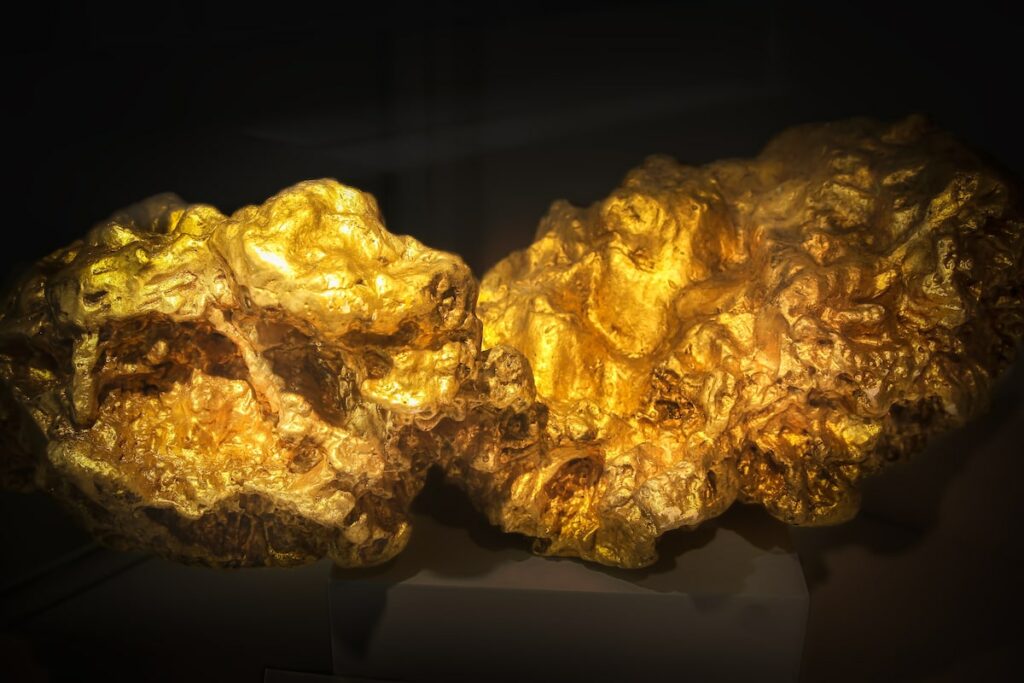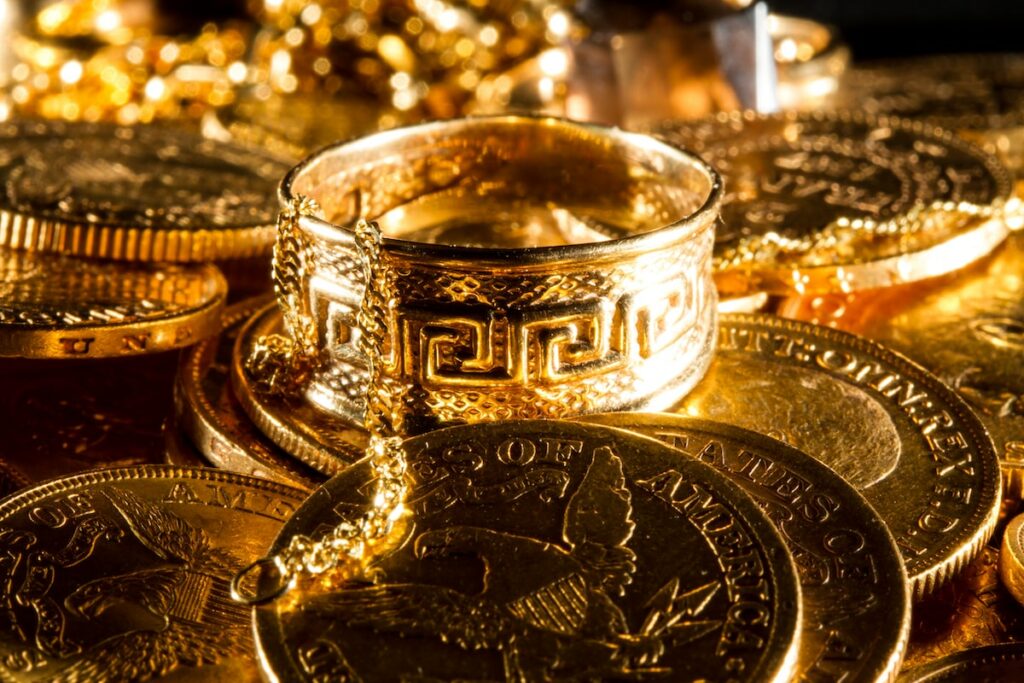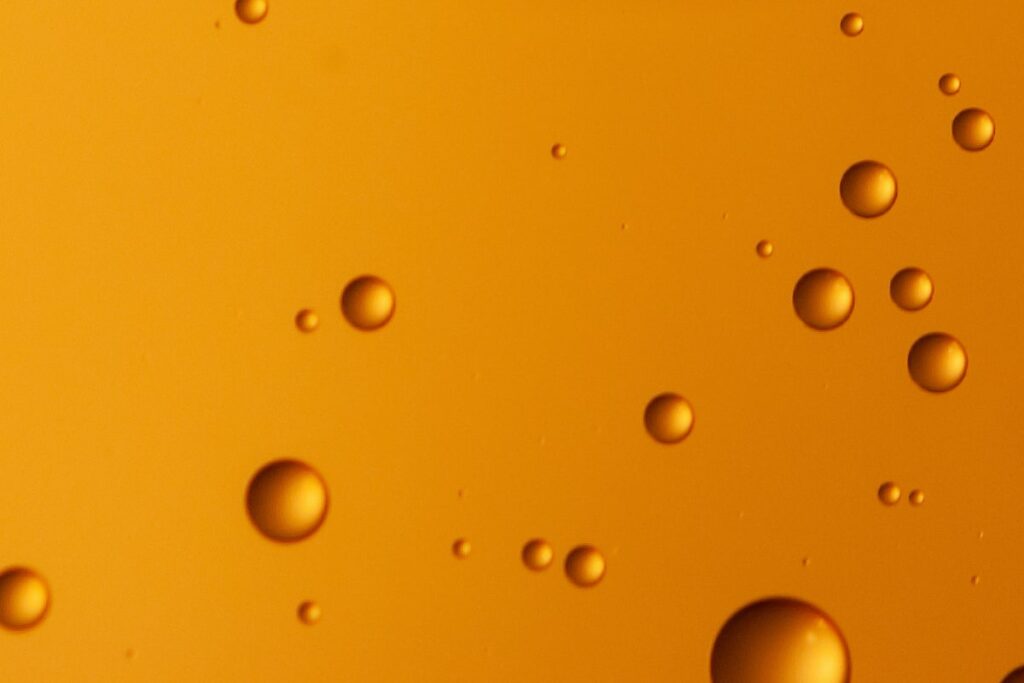Two distinct contenders emerge in precious metals, where elegance and durability converge: titanium and gold.
Renowned for their timeless allure and coveted status, these metals have captured the attention of discerning individuals seeking to adorn themselves with symbols of luxury.
However, beneath their captivating surfaces lies a world of contrasting characteristics, each carrying its weight in terms of cost and value.
The price of titanium is generally lower than that of gold due to differences in rarity, demand, and production costs.
This article delves into the captivating realm of titanium and gold, aiming to unravel the intricate interplay of factors influencing their respective price tags.
By exploring their unique properties and the dynamics of their market demand, we embark on a journey to understand the intriguing complexity behind the costs of these two precious metals.
Rarity and Availability: Examining the Scarcity Factor
The scarcity of precious metals plays a crucial role in determining their price and perceived value in the market.
When comparing titanium and gold, their respective rarity and availability have a significant impact on their cost dynamics:
- Gold: Gold has been treasured throughout history for its scarcity and enduring allure. It is considered a rare metal with limited global reserves. The extraction of gold is a labor-intensive process, requiring significant mining efforts and investments. Its limited supply contributes to its high price and value in the market.
- Titanium: Titanium, although not as well-known as gold, is also considered a relatively rare metal. It is found in mineral deposits primarily extracted from rutile and ilmenite. Refining titanium involves complex and energy-intensive procedures, making it more costly to produce than other metals. However, titanium’s relative abundance compared to gold affects its market price.
The rarity and availability of titanium and gold, alongside their respective extraction and production processes, are important factors that influence their costs and contribute to the intriguing differences between these two precious metals.
Market Demand and Perceived Value: Unraveling Consumer Preferences
The market demand and perceived value of titanium and gold are pivotal in shaping their respective prices and desirability.
Here are some key points to consider:
- Gold’s Prestige: Gold has long held a prominent position in human history and culture, symbolizing wealth, luxury, and prestige. Its timeless appeal and association with high value make it a sought-after metal for jewelry, investment, and financial security. The strong consumer demand for gold across various global markets contributes to its higher price.
- Titanium’s Modern Allure: In recent years, titanium has gained popularity as a contemporary alternative to traditional precious metals. Its lightweight nature, exceptional durability, and hypoallergenic properties make it a favored choice for jewelry, particularly in contemporary design. While titanium may not carry the same historical prestige as gold, its unique attributes appeal to a growing segment of consumers seeking a modern and distinctive aesthetic.
- Industrial Applications: Both titanium and gold find extensive use in industrial applications. Titanium’s exceptional strength, corrosion resistance, and heat tolerance make it highly valued in aerospace, automotive, and medical devices. Conversely, gold is utilized in electronics, dentistry, and various high-end technological components. The demand from these industries also influences the prices of both metals.
Understanding consumer preferences, cultural significance, and the evolving trends in jewelry and industrial sectors is crucial in unraveling the market demand and perceived value of titanium and gold, ultimately impacting their respective costs.
Production Costs and Processing Methods: Unveiling the Manufacturing Dynamics
The production costs and processing methods involved in creating titanium and gold products are key factors contributing to their divergent price points.
Consider the following insights on the production of these precious metals.
The production of titanium involves a series of intricate and resource-intensive processes.
It begins with the extraction of titanium minerals from mineral sands or ore deposits.
The extracted material undergoes refining, typically involving separation techniques and chemical processes to obtain pure titanium.
The subsequent manufacturing steps include melting, casting, and shaping the metal into desired forms.
These processes’ energy and labor-intensive nature contribute to titanium’s relatively higher production costs.
Gold mining and production entail various stages that impact its overall cost.
Traditional gold mining involves exploring, extracting, and processing gold ore.
This process requires significant investments in machinery, labor, and infrastructure.
Once the ore is obtained, it goes through processes such as crushing, grinding, and chemical extraction to separate gold from other minerals.
The final stage involves refining the gold to achieve purity.
The complex production cycle and associated costs influence the price of gold.
The different production costs and processing methods for titanium and gold shed light on the varying economic aspects of each metal.
Understanding the intricacies of these manufacturing dynamics is crucial in comprehending the disparities in their respective prices and cost structures.
Durability and Longevity: Assessing the Lifetime Value Proposition
When comparing titanium and gold, evaluating their durability and longevity is essential to understand their lifetime value proposition. Consider the following aspects:
- Titanium: Titanium is renowned for its exceptional durability and strength. It is highly resistant to corrosion, tarnishing, and scratches, making it an ideal choice for jewelry and other applications where long-lasting performance is crucial. Titanium’s inherent strength allows it to withstand everyday wear and tear, ensuring its longevity.
- Gold: While gold is prized for its timeless beauty, it is a relatively soft metal. Pure gold is malleable and prone to scratches and dents. To enhance its durability, gold is often alloyed with other metals, such as copper or silver, to create stronger and more resilient alloys. The karatage of gold indicates its purity, with lower-karat gold alloys being more durable due to the presence of stronger metals. However, even with proper care, gold jewelry may require occasional maintenance to retain its luster.
Assessing the durability and longevity of titanium and gold allows individuals to make informed decisions regarding the lifetime value of their investments.
While titanium boasts exceptional resilience, gold’s value lies in its enduring appeal and the ability to be maintained and restored.
Ultimately, personal preferences, budget considerations, and intended usage will play a significant role in choosing between these precious metals.
Table: Durability and Longevity of Gold vs Titanium Comparison
| Aspect | Titanium | Gold |
| Durability | Highly resistant to corrosion, tarnishing, and scratches | Relatively soft; can be alloyed for enhanced durability |
| Longevity | Maintains its strength and appearance over time | It may require occasional maintenance to retain its luster |
| Wear and Tear | Withstands everyday use and wear | Prone to scratches and dents |
| Restoration | Generally requires minimal maintenance | It may need occasional polishing or repairs |
| Applications | Jewelry, aerospace, automotive, medical devices | Jewelry, electronics, dentistry, technology components |
Factors Affecting Price: Dissecting the Complex Equation
The price of titanium and gold is influenced by myriad interconnected factors contributing to the complex equation determining their cost.
Here are some key factors to consider:
- Supply and Demand: The fundamental principle of supply and demand heavily influences the price of both metals. Factors such as global production levels, mining activities, and fluctuations in demand from various industries and consumer markets play a crucial role in shaping prices.
- Rarity and Availability: The scarcity of metal affects its price. With limited global reserves, gold holds a higher level of rarity than titanium. The availability of these metals, influenced by mining operations and geopolitical factors, impacts their respective costs.
- Production Costs: The costs associated with the extraction, refining, and manufacturing processes significantly affect the price of titanium and gold. These costs include labor, energy, equipment, and compliance with environmental regulations. Titanium’s more complex refining process and energy-intensive production contribute to its higher production costs than gold.
- Economic Factors: Macroeconomic conditions, such as inflation rates, currency fluctuations, and geopolitical stability, can impact the price of precious metals. Economic uncertainties may drive investors toward safe-haven assets like gold, increasing their demand and price.
- Consumer Preferences and Trends: Shifting consumer preferences, fashion trends, and cultural significance influence titanium and gold demand and perceived value. Changes in jewelry design preferences, technological advancements, and emerging markets can drive fluctuations in demand and subsequently affect prices.
- Investment Demand: Both titanium and gold serve as investment vehicles. The level of investor interest, market sentiment, and the overall economic climate influence the demand and price of these metals in the investment market.
Understanding and dissecting the complex interplay of these factors is crucial in comprehending the ever-changing prices of titanium and gold.
It requires a comprehensive supply chain analysis, market dynamics, economic conditions, and consumer behaviors to understand the intricate equation determining their costs.




